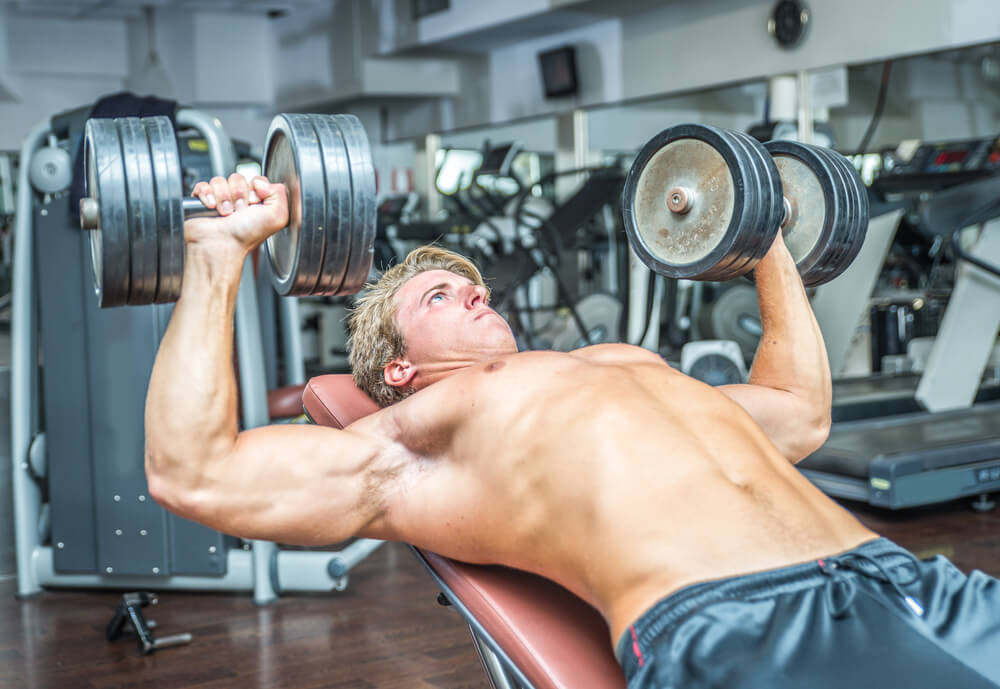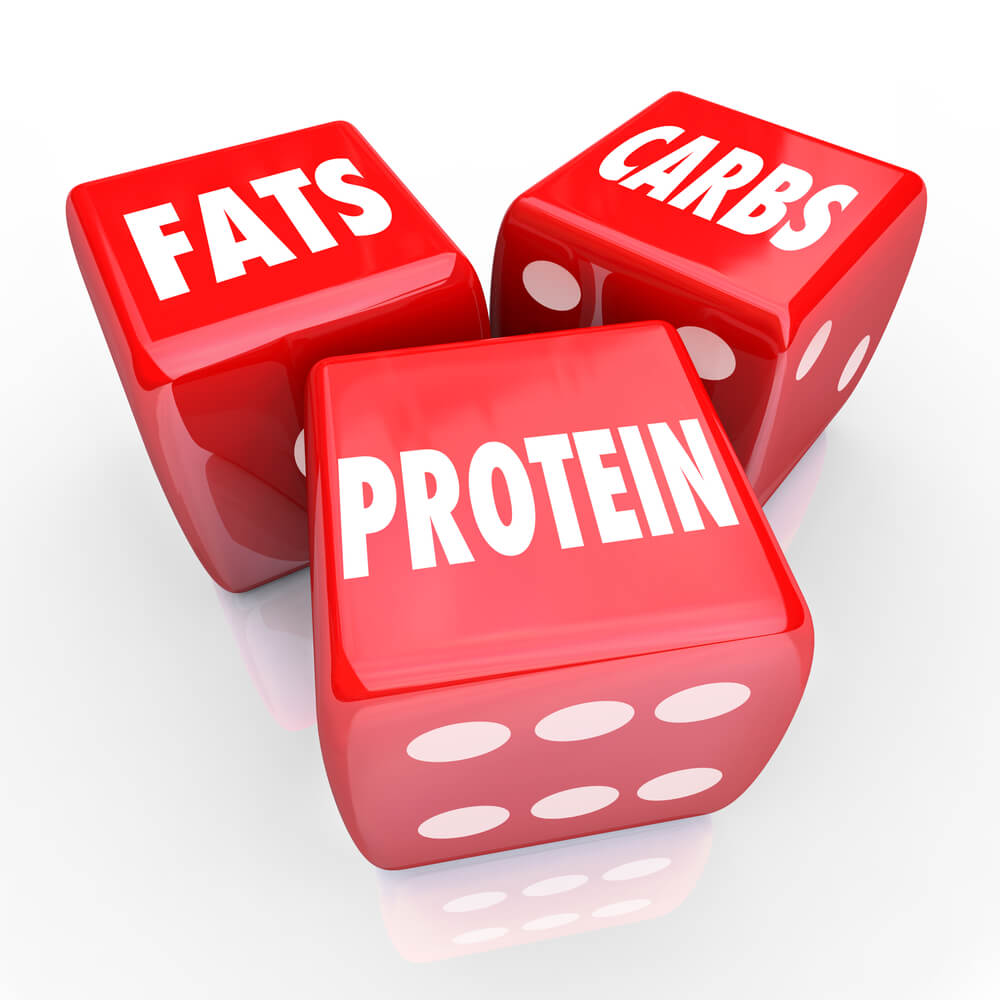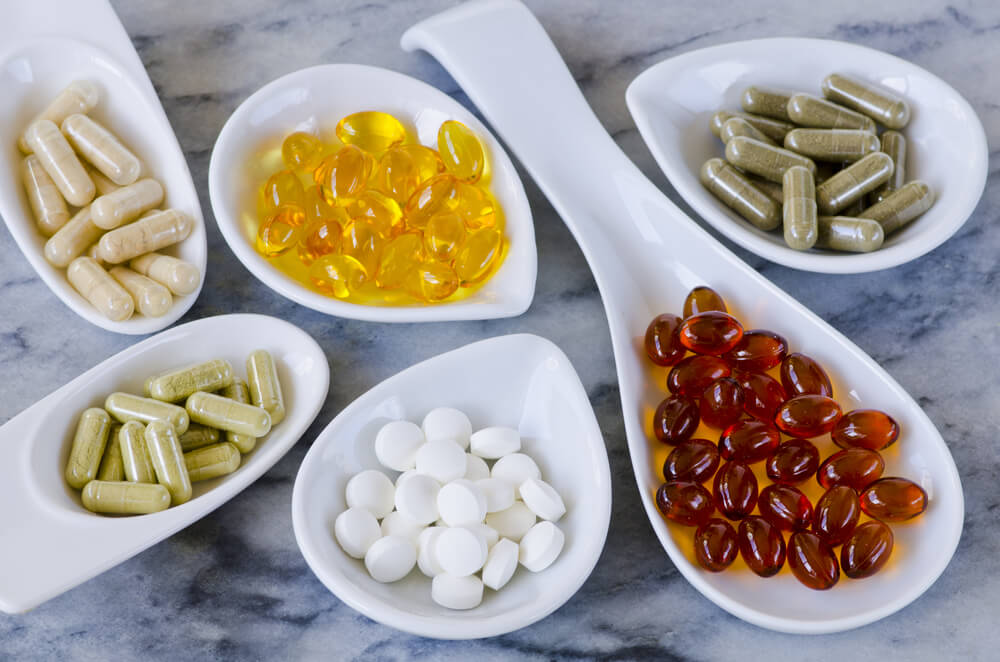
Getting big does not happen if you aren’t eating right. Here’s everything you need to know to ensure your gains are greater than ever.
The fact is that while food won’t make your muscles grow, it will provide the essential elements necessary for muscle recovery.
Why? When we eat foods, our bodies break them down to obtain the necessary fuel to keep us alive and perform our daily activities, including working out.
There are three possible fates for the foods you consume. It can be used up or burned, it can be stored in the muscles for use, or it can be stored as body fat. Of course, the final of these is not what we want. We want it to get stored in the muscles for use.
What Should I Know About Caloric Intake?
It’s a good idea to know how many calories you should be aiming for. To add some healthy lean muscle weight, I recommend that you aim for between 16 to 18 calories per pound of body weight. Aim for half of your daily calories to come from slow-release energy calories, such as yams, brown rice, oats and even foods like quinoa and couscous.
You’ll need the glycogen from these foods to help fuel your workouts and to encourage greater muscle repair leading to growth.
Split these fairly evenly throughout the day with a higher percentage of simpler sugars in the morning and post-workout to help normalize blood sugar levels, which act as your body’s thermostat. Without this being regulated, your body will not be focused on muscle tissue repair and growth.
Just be aware of how many calories – how much fuel – your body needs every day to build muscle. When you’re considering what types of foods should make up those calories, remember that all calories are not created equal.
Fat requires only 2% of your body’s energy to use it, carbohydrates require roughly 10% of that energy and protein requires the most – 20% of your body’s energy to burn it. So, by eating more protein, you’re actually burning more calories each time you eat! A simple tip would therefore be, eat more protein!

What’s The Best Breakdown Of Carbs, Fat And Protein?
You need the amino acids found in protein to rebuild the tears in the muscle fibers from your intense winter workouts. This is known as protein synthesis.
Carbs should be consumed in the range of no more than 50% to 55% of your daily intake, even if your goal is to gain weight throughout the winter. Avoid simple carbs like sweets, fruit juices, white breads and cereals, etc. Incorporate lots of fiberous carbs like green vegetables, brown rice, fresh fruits, etc.
If we eat too many carbs in one sitting, our bodies respond by causing a surge of insulin to be released. Insulin is a hormone that encourages muscle cells to take up more nutrients for storage, but it can also cause these excess carbs to be stored as body fat.
But, by adding more protein to each meal, you’ll actually slow the rate of absorption of carbs into the blood. That’s a good thing!
Fat is the most likely nutrient to be stored as fat. Therefore, it’s not good to eat more than 15 to 20% dietary fat on any day. But, to build muscle, you don’t want your fat levels to go too low as this can cause testosterone and growth hormone levels to drop. So my advice would be to add some good fats to your meal plan. These are known as essential fats. Some examples are flaxseed, coconut, olive or borage oil.
It’s important to not consume all your nutrients in one sitting. You need to spread your meals evenly throughout the day, in five or six smaller meals, instead of two or three big meals.
By doing this, you will maximize the food’s absorption (so your body can use more of it). You’ll also increase the amount of available amino acids that will help your body to build muscle throughout the day.
Why Is Timing Relative to The Kitchen Aspect of Working Out?
Timing is important. Here are some top tips: Never go more than a few hours without eating a meal. Start the day with a low-fat protein and carb containing meal.
And, if your muscles aren’t fed soon enough, they will begin to enter catabolism – the breakdown of muscle tissue.
By feeding the body more regularly, you help convince it there is no deprivation. As long as protein is present in the meals, you’ll stay in an anabolic state and keep rebuilding muscle cells. Right after you finish training, your body and muscle cells are starving for nutrients. They’re ready to use anything you give them.
This is your window and it lasts only about 30 to 60 minutes after your workout. No longer. It’s such an important time and is called your open window. During this time, your muscles will literally suck up and use anything you feed them. After that, you may be too late.
Consume Carbs And Protein During Your Open Window
You must also pay careful attention to the type of carbs and protein you consume during your open window. Half of your carbs should come from the low-glycemic options and the other half from higher glycemic carbs. For example, consume a starchy carb. Choose something like quinoa, brown rice, a sweet potato or oatmeal (low-glycemic) combined with more of a sugary-carb, like fruit (banana/melon).
The reason for this half-half carb approach is because too many high-glycemic carbs can cause a sudden rush of insulin in the body (whereas low-glycemic carbs don’t cause such an unstable rush of insulin). Too much insulin can create an environment to store all of those calories as body fat. So it’s a good idea not to eat more than half high-glycemic carbs. You especially want to avoid the fat-storing carbs like sugar and dextrose.
Opt for the cleanest forms of whole food, low-fat proteins you can get. Examples include turkey, chicken, tuna, salmon or egg whites. Or, if you’d rather have a protein shake, look for one that contains a good, high-quality protein blend of whey concentrate and/or isolates and milk proteins caseinate.
A great example of a fine post-workout meal involves a good mix of carbs and protein. You’ll want to get around 80 to 90 grams of carbs (an even mixture of high and low glycemic). You should also get anywhere from 25 to 30 grams of protein.

Hydrate To Fill Your Muscles!
I’m sure you know you should drink plenty of water, but do you follow through? Monitor yourself for a day or so and see how much you drink. Pure water is vitally important to your muscles. Without it, both muscle growth and fat loss would not take place.
The average person loses two cups (16 oz) of fluid through normal perspiration. Another two cups (now making a total 32 oz) are exhaled as water vapor during breathing. Together, the intestines and kidneys use about six cups a day.
Muscles are made up of 70 to 75% water. So it’s essential that your muscles stay completely hydrated. You will without doubt look fuller. Also, you’ll notice better pumps in the gym and, if your body fat is low enough, you may appear more vascular.
What Happens If I Become Dehydrated?
Thirst is a sign your body is already slightly dehydrated! Not staying fully hydrated is a common mistake made by many weight trainers and athletes. The importance of being properly hydrated for maximum muscle growth can’t be overstated.
Even a slightly dehydrated muscle can lead to significant deficits in muscular output and performance. A three to four percent drop in body water levels (signaled by thirst and muscle fatigue) can decrease your muscular contractions by 10 to 20%. This will really affect your ability to gain muscle! Ensuring your muscles stay hydrated and full will keep them recovering faster and keep your muscle gains on track both in and out of the gym.
Being dehydrated will have a serious impact on your performance. It also affects the way your body stores fat and repairs muscle because of poor organ function. To prevent this keep sipping from a water bottle during workouts. Just don’t gulp it all at once or you’ll spend more time in the bathroom than in the gym!
The Best Choices To Keeping Muscle Mass In The Kitchen This Winter…
There are so many foods on the supermarket shelves nowadays. For the average weight trainer trying to gain muscle mass, it can be a big challenge choosing what to eat.
I will make it simple: Keep it natural!
Processed foods such as cakes, ready meals, biscuits, fizzy drinks etc. are generally low on essential nutrients and high in calories, sugar and salt. This does little to help in your quest for building muscle. Try to eat food in its most basic form. It will have a lower glycemic index, be higher in fiber and lower in saturated fat.
Should I Eat More Calories? The average man needs around 2,500 calories a day. This is just to maintain the same weight. But, you’re not in this category. You seek to gain muscle mass.
To gain muscle, you need fuel – this comes from food. Consider increasing your daily caloric intake totals to around 3,000. The extra energy will be needed to keep you going throughout your workout and go towards your growing muscles.
You Must Balance Nutrients.
Remember, you can’t simply eat one type of food and think you will turn into beefcake. Balance is the key! You’ll need carbs to provide the muscle glycogen that fuels your workouts. Make carbs around 60% of your total caloric intake. This equals around 450 grams of carbs a day if your total caloric intake is 3,000.
Protein is needed to grow new tissue in your body. For most men, 20% of your total caloric intake, or 180 grams a day, is a good number to aim for.
Don’t be afraid of fat. It’s not all bad. It can help you absorb vitamins and improve athletic performance, as well as protect joints and tendons against injury. It should ideally make up the final 20% of your calories. However, fat is more than twice as calorie-dense as carbs or protein. One gram of fat contains 9 calories whereas protein and carbs contain only 4 calories. Always opt for the healthy fats.
Is What You Eat More Important Than When You Eat?
When you eat is as important as what you eat. The most crucial times to eat are an hour or so before your workout and right after you finish to ensure your muscles have plenty of stored glycogen for training and rebuilding. It’s also important to eat small meals throughout the day at regular intervals of 2 to 3 hours.
Ensure you have some protein with these meals. This keeps your glycogen levels topped up and prevents your body from breaking down the proteins needed for building muscle.

How Should I Include Supplements In My Diet?
Supplements shouldn’t be used as a substitute to a good diet. They’re not magic pills to build muscle. They are, however, a convenient way of getting the carbs and protein you need without having to prepare special meals.
Be sure you know what you’re taking before you buy them because they can be expensive. Always pick a reputable brand and read the label!
Now that you know what you should be doing in the kitchen, a few recipes will certainly come in handy. Getting the right nutrition doesn’t have to be boring or bland. It can and should be tasty!
With that in mind, how about some Nutella pancakes! Who doesn’t love Nutella on pancakes? Unfortunately, your classic Nutella-smothered pancake is far from healthy and won’t do you any favors when trying to gain muscle.
That’s where these guilt-free Nutella protein pancakes come in! These pancakes are a great protein-packed option for breakfast that still have that decadent Nutella taste, but with none of the sugar. Low in carbs and full of healthy fats, they are the perfect start to your day.
Recipes To Try In The Kitchen…
Nutella Pancakes
Ingredients: Makes: 6 pancakes
Macros: Calories 652, Protein 52g, Carbs 19g, Fat 41g
1/3 cup almond flour
1 scoop chocolate whey protein
1 tbsp cocoa powder (or cacao powder)
½ tsp baking powder
¼ cup dark chocolate hazelnut butter**
1 tsp Stevia
4 tbsp liquid egg whites
7 tbsp water
* You can also use oat flour, but do not use ground almonds!
In a bowl, mix together the dry ingredients. Add in the dark chocolate hazelnut butter, egg whites and water and mix to form a thick, but runny batter. Either use coconut oil (or a 0 kcal spray to save calories) and heat up in a non-stick pan. Drop a large dessert spoonful of the batter into the center of the pan and spread to form a pancake shape.
Leave to cook on a low to medium heat on one side before flipping over to cook on the other side. Repeat until you have used up all of the batter and stack the pancakes up as you go.
Optional: Dust with sugar free icing and top with a few chopped strawberries. Drizzle with zero syrup or honey!
Protein Pancakes
These are the best tasting protein pancakes you’ll ever eat! As you can see from the stats below, it makes a very healthy and highly beneficial breakfast or muscle building snack.
Macros per batch:
Calories: 388kcal
Protein: 43g
Carbs: 48g
Fats: 3g
Fiber: 5g
The Simple Ingredients:
60G Egg Whites
1 Banana
20g of Whey Protein
20g of Casein Protein
25g of Oats
80g Blueberries
Conclusion
There’s no way around it. You need to fuel your body to gain muscle mass. And, that means putting aside any fears you have of consuming calories, fats or carbs. These, along with protein, vitamins and nutrients, are all essential to adding muscle. But, it’s not as simple as just eating a certain number of each.
Every body is different. Find what you need to fuel your body and remember to space out your meals. A good guide is to leave at least two to three hours between meals. Follow these rules and drink lots of water. The results should have you ready for the beach by the time winter has come and gone.
– Keith Cormican, RD
Terry
Latest posts by Terry (see all)
- How Important Are Net Carbs For Building Huge Muscle? - Apr 28, 2017
- The Matt Damon Workout Explained - Apr 27, 2017
- Watercress – Benefits And The Best Way To Consume It - Apr 26, 2017










[…] your body (muscle) and turn this into energy. So while you will drop weight, some of this will be a loss of muscle mass. Due to this, it really is not possible to go on a very low-calorie diet and maintain your current […]